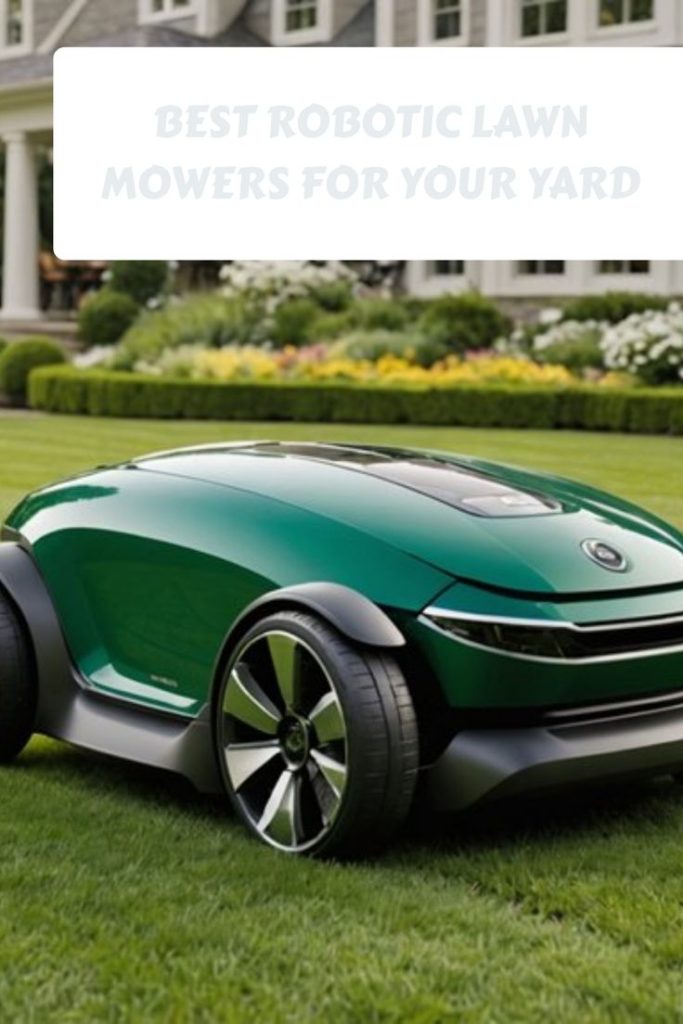In an increasingly connected world, the convenience of smart home technology extends far beyond indoor lighting and thermostats. Modern auto mowers are no exception, with many models now offering robust integration capabilities that allow them to become a seamless part of your automated home ecosystem. This connectivity elevates the convenience of robotic lawn care, enabling remote control, intelligent scheduling, and even voice commands. Understanding the various ways an auto mower can integrate with your smart home can unlock a new level of effortless lawn maintenance.
1. Smartphone App Control: The Foundation of Integration
At the heart of most auto mower smart home integration is the dedicated smartphone application. This app serves as the primary interface for managing your mower from anywhere with an internet connection. Through the app, you can:
- Start, Stop, and Pause: Initiate or halt mowing sessions remotely.
- Set Schedules: Program precise mowing times and days, adjusting them on the fly.
- Adjust Settings: Change cutting height, activate rain sensors, or define specific mowing zones.
- Monitor Status: Check battery levels, view mowing progress, and receive alerts (e.g., “mower stuck,” “boundary wire fault”).
- Track Location: For models with GPS, you can see the mower’s real-time location, a useful anti-theft feature.
This app-based control is the foundational layer upon which more advanced smart home integrations are built.
2. Voice Assistant Integration: Command Your Lawn
One of the most intuitive forms of smart home integration is through popular voice assistants like Amazon Alexa or Google Assistant. Once linked, you can control your auto mower using simple voice commands. Imagine saying, “Alexa, tell the mower to start,” or “Hey Google, what’s the mower’s battery level?”
This hands-free control is particularly convenient when you’re busy indoors or simply want quick status updates without pulling out your phone. Voice integration often allows for basic commands like starting, stopping, pausing, and querying status, making your auto mower a truly responsive part of your smart home.
3. IFTTT (If This, Then That) Automation
For more customized and advanced automation, many auto mowers support IFTTT (If This, Then That). IFTTT is a web-based service that allows you to create custom “applets” that link different smart devices and services. This opens up a world of possibilities for automated lawn care:
- Weather-Based Mowing: “If the weather forecast predicts rain tomorrow, then pause mowing schedule.”
- Location-Based Triggers: “If I leave my home geofence, then start the mower.”
- Smart Home Scene Integration: “If my ‘Evening Relax’ scene is activated, then ensure the mower is docked.”
- Sensor-Triggered Actions: Potentially, “If my smart weather station detects high winds, then send the mower home.”
IFTTT allows for creative automation that responds to real-world conditions and your personal routines, making your auto mower even more autonomous.
4. Integration with Smart Home Hubs and Platforms
Some high-end auto mowers can integrate directly with broader smart home hubs and platforms (e.g., SmartThings, HomeKit). This deeper integration allows the mower to become part of more complex home automation routines and scenes. For example:
- Security Integration: If your security system detects an intruder, the mower could be programmed to turn on its lights (if equipped) or send an alert.
- Energy Management: Potentially, the mower could be scheduled to charge during off-peak electricity hours if integrated with an energy management system.
While less common for all models, direct hub integration offers the most comprehensive control and automation possibilities within a unified smart home ecosystem.
5. Over-the-Air (OTA) Software Updates
A crucial, though often overlooked, aspect of smart home integration is the ability to receive Over-the-Air (OTA) software updates. This ensures your auto mower’s firmware is always up-to-date, providing access to new features, performance improvements, and security patches without manual intervention. This continuous improvement keeps your mower smart and efficient over its lifespan.
By leveraging these smart home integration features, an auto mower transforms from a simple lawn care device into an intelligent, connected appliance that seamlessly contributes to the convenience and efficiency of your modern home.


